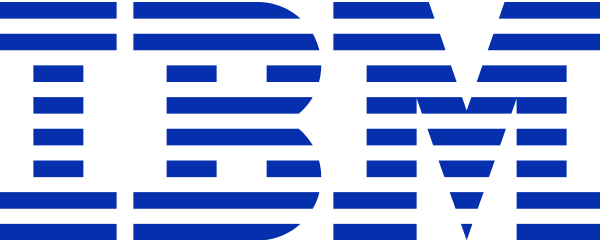Coursera
Free Online Course (Audit)
English
Paid Certificate Available
6 weeks long, 17 hours worth of material
selfpaced
Overview
Class Central Tips
Much of the world's data resides in databases. SQL (or Structured Query Language) is a powerful language which is used for communicating with and extracting data from databases. A working knowledge of databases and SQL is a must if you want to become a data scientist.
The purpose of this course is to introduce relational database concepts and help you learn and apply foundational knowledge of the SQL and R languages. It is also intended to get you started with performing SQL access in a data science environment.
The emphasis in this course is on hands-on and practical learning. As such, you will work with real databases, real data science tools, and real-world datasets. You will create a database instance in the cloud. Through a series of hands-on labs, you will practice building and running SQL queries. You will also learn how to access databases from Jupyter notebooks using SQL and R.
No prior knowledge of databases, SQL, R, or programming is required.
Anyone can audit this course at no charge. If you choose to take this course and earn the Coursera course certificate, you can also earn an IBM digital badge upon successful completion of the course.
The purpose of this course is to introduce relational database concepts and help you learn and apply foundational knowledge of the SQL and R languages. It is also intended to get you started with performing SQL access in a data science environment.
The emphasis in this course is on hands-on and practical learning. As such, you will work with real databases, real data science tools, and real-world datasets. You will create a database instance in the cloud. Through a series of hands-on labs, you will practice building and running SQL queries. You will also learn how to access databases from Jupyter notebooks using SQL and R.
No prior knowledge of databases, SQL, R, or programming is required.
Anyone can audit this course at no charge. If you choose to take this course and earn the Coursera course certificate, you can also earn an IBM digital badge upon successful completion of the course.
Syllabus
- Getting Started with SQL
- Structured Query Language, or SQL, provides a standard language for selecting and manipulating data in a relational database. Understanding SQL is a foundational skill that you must have when applying data science principles in R because SQL is the key to helping you unlock insights about the information stored deep inside relational databases. In this module, you will learn some basic SQL statements and practice them hands-on on a live database.
- Introduction to Relational Databases and Tables
- In this module, you will explore the fundamental concepts behind databases, tables, and the relationships between them. You will then create an instance of a database, discover SQL statements that allow you to create and manipulate tables, and then practice them on your own live database.
- Intermediate SQL
- In this module, you will learn how to use string patterns and ranges to search data and how to sort and group data in result sets.You will also practice composing nested queries and execute select statements to access data frommultiple tables.
- Getting Started with Databases using R
- In this module, you will learn the benefits of using R to connect to relational databases and how to persist R database objects in files. You’ll also learn some of the similarities between R data frames and relational databases, including how data types compare and when you must convert from one type to another to improve the effectiveness of your data analysis. Finally, you’ll learn different methods for connecting to a database from R.
- Working with Database Objects using R
- In this module, you will learn the full process of accessing and querying databases using R. You’ll learn how to create the logical and physical model of the database and then implement the model by creating the physical database objects and loading them with data. Finally, you’ll examine an example of accessing and querying the database.
- Course Project
- In this assignment, you will be working with multiple real-world datasets for the Canadian Crop Data and Exchange Rates. You will be asked questions that will help you understand the data just as you would in the real world. You will be assessed on the correctness of your SQL queries and results.
Taught by
Rav Ahuja


